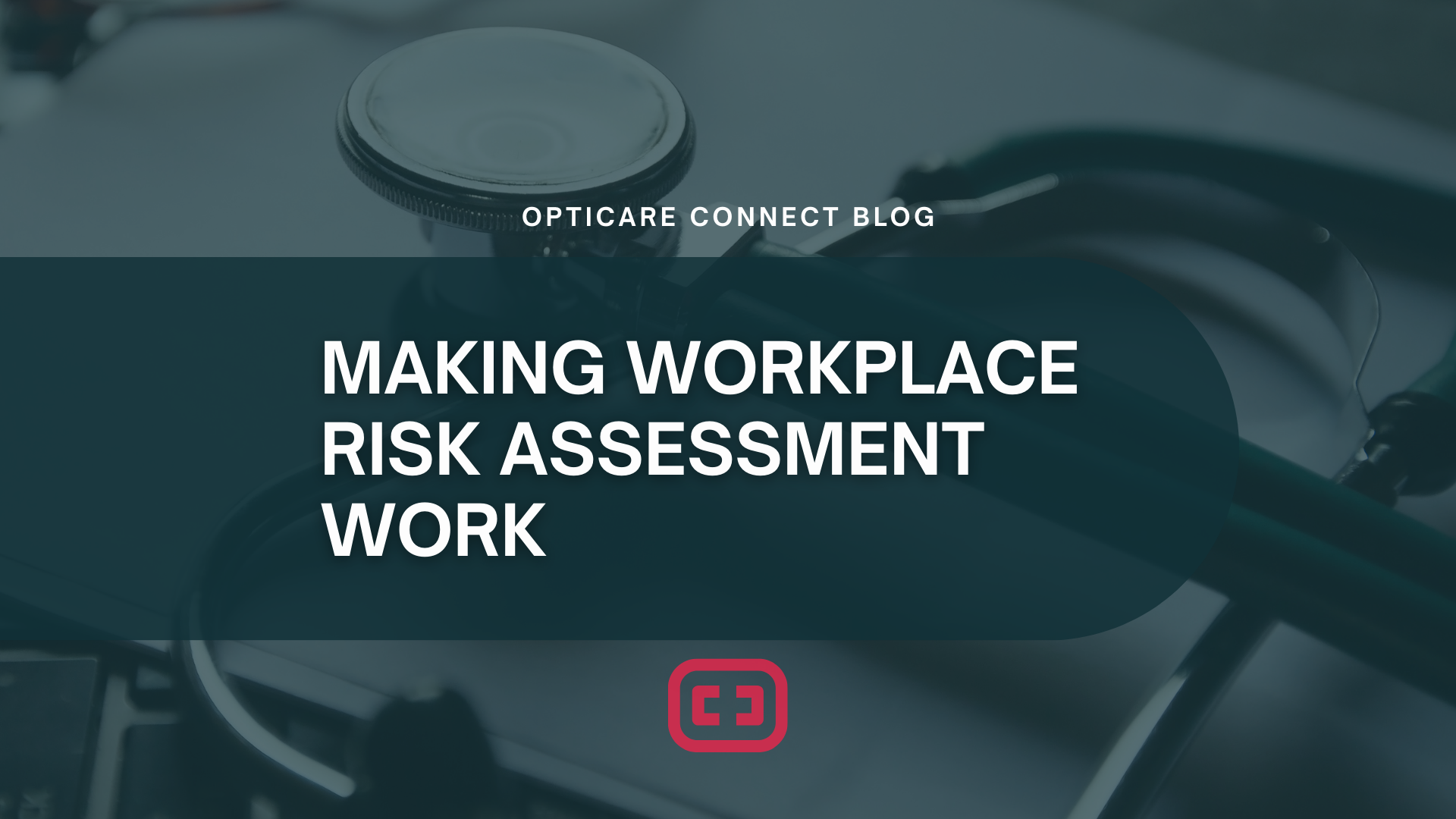
Let's be honest, most workplace risk assessments end up gathering dust on a shelf. But when done right, they're one of your most powerful tools for preventing injuries and protecting your business.
The best risk assessments don't happen in boardrooms. They happen on the factory floor, in the warehouse, and wherever your people actually work. Your employees see hazards every day that you might miss from your office. A maintenance worker knows which machine makes that "funny noise" before it breaks down. A warehouse operator can tell you exactly where people always seem to trip.
That's why smart employers make risk assessment a team effort. Instead of having managers fill out forms in isolation, they walk the floor with their crews, asking questions like: "What almost got you yesterday?" or "If you had to explain this job to your kid, what would worry you most?"
Yes, most countries require workplace risk assessments. But treating them as just another compliance task misses the point entirely. The real value comes from actually preventing the accident that would have shut down your operation for three days, sent someone to the hospital, and landed you in legal trouble.
Keep your documentation, but don't let paperwork become the goal. The goal is sending everyone home safe.
Start with the stories. Before you begin any formal assessment, gather your team and ask about close calls. What incidents happened that didn't get reported? (BTW: every incident should be looked at!!!!) Where do people work around safety procedures because "that's just how we've always done it"?
Look for patterns. If three different people mention the same area as problematic, that's not coincidence-that's data. Focus your attention there first.
Think like an outsider. Sometimes we become blind to obvious hazards. Have someone unfamiliar with the operation walk through and point out what strikes them as dangerous. Fresh eyes catch things we've learned to ignore.
Consider the ripple effects. A blocked fire exit isn't just a fire hazard, it affects evacuation, equipment placement, and daily workflow. Think about how hazards connect to each other.
The most effective risk assessments happen when employees feel genuinely heard, not just consulted. This means creating space for uncomfortable conversations about shortcuts, broken equipment that "still works okay," and pressure to skip safety steps when deadlines loom.
Train your people not just on procedures, but on how to spot developing problems. The employee who notices a safety guard getting loose before it falls off completely can prevent an injury, and expensive downtime.
Here's where many risk assessments fail: they identify problems but implement solutions that don't work in the real world.
Eliminate first. Can you remove the hazard entirely? Sometimes the answer is simpler than you think. Maybe that dangerous manual lifting task could be eliminated with better workflow design.
Engineer second. If you can't eliminate it, can you engineer it away? Guards, barriers, and automated systems work better than relying on people to remember procedures.
Train and protect last. Personal protective equipment and training are important, but they're your backup plan, not your primary strategy. If your safety system depends entirely on everyone doing everything perfectly every time, it will eventually fail.
Companies with strong risk assessment practices report something interesting: their employees become better problem-solvers overall. When you train people to think systematically about what could go wrong, they get better at preventing problems before they happen.
This mindset spreads beyond safety. Teams that regularly assess operational risks tend to catch quality issues earlier, spot equipment problems before they cause downtime, and identify process improvements that save money.
The "set it and forget it" trap. Risk assessment isn't a one-time project. Your workplace changes, new equipment, different processes, seasonal variations, staff turnover. Build regular review into your schedule, not just when something goes wrong.
The "expert knows best" trap. External consultants can provide valuable expertise, but they can't replace local knowledge. The person who does the job every day knows things that won't show up in any textbook.
The "paperwork protection" trap. Having extensive documentation won't protect you if your actual practices don't match what's written down. Better to have simple, accurate procedures that people actually follow than elaborate ones that exist only on paper.
If your current risk assessment process feels stale, try this: pick one area of your operation and spend 30 minutes there with the people who work in it every day. Don't bring a clipboard or checklist. Just watch, listen, and ask questions.
You'll be surprised what you learn and your employees will be surprised that you asked.
The best safety programs aren't built on fear of what might happen, but on genuine care for the people showing up to work every day. When your risk assessment reflects that care, everything else falls into place.